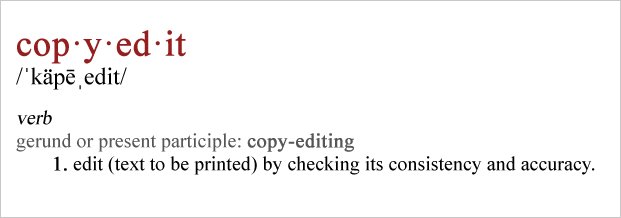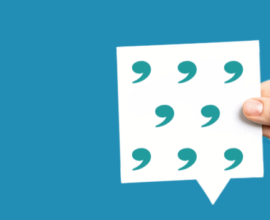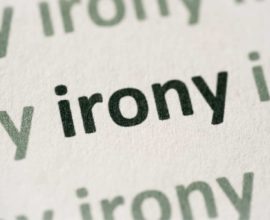Essential Copyediting Tips
It is really hard to put into words the importance of copyediting. Besides, there are a very few writers in this world who could write an error-free draft the first time. If you’re sure you’re not one of those writers, you need to copyedit your rough draft. In this post, you’ll learn some of the basic copyediting tips that’ll allow you to proofread and correct some of the obvious errors in your draft before you send it out to your editor or a publisher. Doing self-edits is encouraged as it allows you to realize where you’re going wrong and fix errors without changing the idea you wanted to convey in your sentences.
How Do I Start with Copy editing my Book?
I’ve listed some of the basic editing suggestions you could look for in your document and fix them. Taking care of these would make eliminate some of the most obvious errors that could’ve been prevented otherwise. Plus, this will prevent the copyeditor or a publisher from getting judgmental about your work.
Look out for Long sentences
One of the concerns readers face is when a sentence is too long, when readers find it difficult to follow what’s actually happening. Lengthy sentences contain too many ideas that leave readers wondering. Check for lengthy sentences and split or make them into simple sentences wherever possible. Use commas minimally.
Voice matters
Look out for any voice changes in your content when you’re reading it. Changes in voices, again, confuse readers on whom you are addressing to. If you’ve begun your content using an I voice, prolong it till the end (the same applies to a You voice). If you have to switch between voices in your content or a paragraph, do it once. Start with a voice and end it with the other. Switching back and forth between voices will hinder the reading experience of readers.
No Negatives
It’s ironic, I know! Try limiting the use of negatives in your document. Instead, replace them with a positive tone, as they tend to be more straightforward and to the point. For instance, instead of saying he couldn’t sleep, use he was sleep deprived. They tend to leave more impact on readers. Try replacing or rewriting negatives like this in your content.
Remove redundancies
You may overlook redundancies when you write, but when you sit down to proofread and edit, you would notice that your content has more redundancies. Redundant sentences, or even words, deter the flow of your story and show your lack of ability as a writer. For instance, ‘He returned back the book’ contains redundant word. It could read as ‘He returned the book.’
Typos and Choice of Words
Now, this is crucial. Look out for any typos in your content and then for choice of words. Typos show you in a bad light as an author and result as a disgrace. Choice of words, on the other hand, affects your story and content and could mislead your readers. A simple example is using affect instead of effect. While writing, it is possible for you to type affect instead of effect. However, when proofreading, look out for some obvious errors like these and fix.
Address People the Right Way
Personally, I’ve come across a lot of content that has people addressed as that and not as who. Though not a copyediting tip, to be precise, people still find it hard to read people addressed as things and not as humans.
Other Tips:
- Never underestimate the red lines that show up on your word processor (and the green lines as well).
- Change the case of the initial letters of proper nouns
- Maintain a consistent tense in your content
- Be careful with one-word and two-word errors. They change the entire meaning of a sentence.
- Words like make and help are never followed by the word ‘to’. Remove them, if any.
Copy editing is not just restricted to these. Any error that you fix after you finish writing your draft is copy editing. Remove all obvious errors as your work would look professional and your editor would be happy as well.





